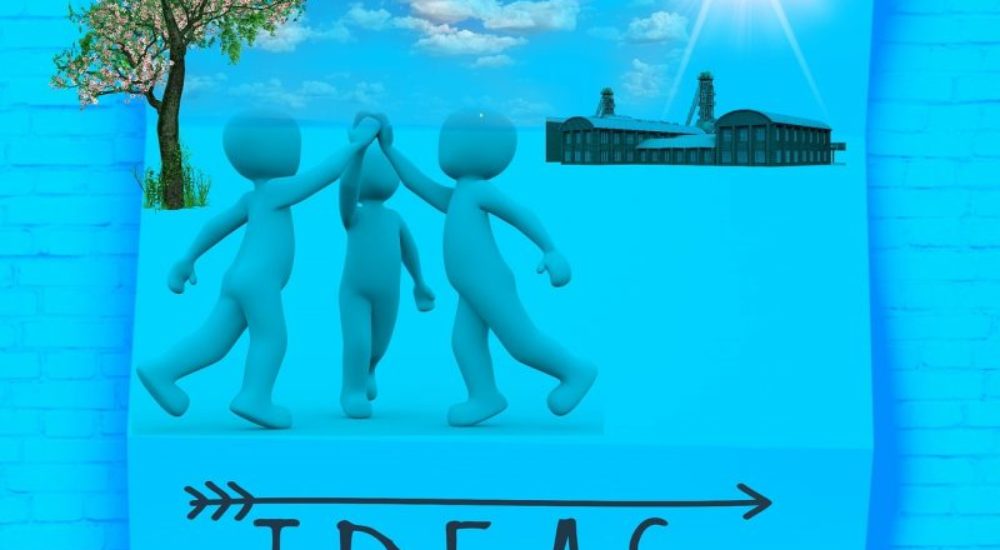After 20+ years of working in after school, I have learned that there are many things that make after school special. Some might be apparent, but others might be less obvious. One go-to resource for me is information from the Afterschool Alliance, This is Afterschool, which reminds us of all of the benefits of after school. They sum it up in a few words. “Decades of research prove afterschool helps kids attend school more often, get better grades, and build foundational skills, like communication, teamwork, and problem-solving.”
This is Afterschool reveals the following data about afterschool:
- 1 in 2 students improves their math and reading grades.
- 60% of students improve their behavior in class.
- 68% of students improve their homework completion and class participation.
- More than 70% of students in STEM afterschool programs express more interest in and knowledge about careers in science. They also build essential skills, such as perseverance and critical thinking.
To build on the last bullet, we also know that when children are exposed to inquiry-based and hands-on learning in out of school time programming they are engaged in the work and feel what it feels like to be a scientist or a mathematician. Because it is “after” school and not “more” school, they have the time to roll up their sleeves and have fun while learning. It is a time they can “play” while building relationships, academic enrichment, and a sense of belonging to a “family.” This is truly integrating SEL into everything we do after school.
“After-school programs promote young people’s social and emotional learning (SEL) skills – whether the programs use that term or not.” – The Future of Children Report, Princeton University & Brookings Institution Social and Emotional Learning Making the Case
“Afterschool and summer learning programs are already doing a lot to help students develop social and emotional skills. Many afterschool and summer learning programs have broad learning objectives for youth that include social, emotional, and character development. Afterschool and summer learning programs are a unique setting where youth can connect to positive adult mentors, feel safe to try new things, and have the opportunity to acquire new skills and develop mastery in an area.” – Afterschool Alliance
And last, but certainly not least, there is another very important factor that makes after school so special. Unless you have spent time in after school settings, you may not know why the relationships are so strong. One key reason is that the workforce of leaders and staff reflect the diversity of the students they serve. These leaders often live in the neighborhood they work in, and sometimes even went to that school. Unlike the school day, where more than 80% of the workforce are white and female, after school leaders represent a much broader set of demographics. Research shows that students of color who have at least one teacher of color may do better on tests and be less likely to have disciplinary issues. Research also suggests that white students show improved problem-solving, critical thinking, and creativity when they have diverse teachers as well. This representation leads to students often feeling that they have stronger relationships with their after school leaders than their in-school teachers. This doesn’t stop with the children, parents also feel more comfortable being a part of the programming and the experience that after school offers.
These leaders often live in the neighborhood they work in, and sometimes even went to that school. Unlike the school day, where more than 80% of the workforce are white and female, after school leaders represent a much broader set of demographics. Research shows that students of color who have at least one teacher of color may do better on tests and be less likely to have disciplinary issues. Research also suggests that white students show improved problem-solving, critical thinking, and creativity when they have diverse teachers as well. This representation leads to students often feeling that they have stronger relationships with their after school leaders than their in-school teachers. This doesn’t stop with the children, parents also feel more comfortable being a part of the programming and the experience that after school offers.
To build this type of rich community, children need to have a voice. They need to be able to feel safe and take risks. Leaders have a key role in making this happen. We have learned in our work that what a leader is teaching is as important as how they facilitate the learning. The extra time we have after school, the fewer restrictions, the 1:20 leader:child ratios, and a more “club” or “family” feeling gives us the opportunity for kids to do the thinking, talking, and learning, but they can’t do that alone.
A successful day for after school leaders is when they go home rested and the kids are exhausted from all of the thinking and collaborating! Being the “guide on the side,” and talking less is something you can start tomorrow. With a few adjustments in the way you lead, you can enable the children to do the majority of the thinking and talking.
There are plenty of ways leaders can put kids in charge of the heavy lifting, but for many of us, it’s a change in how we work. It may also be a new experience for the kids. As with anything new, allow everyone time to adjust to this new way of working together. Success won’t happen overnight, but with patience and practice, you will succeed and grow.
Here are some facilitation tips to keep in mind when you shift to this way of leading:
- Ask open-ended questions. Avoid yes/no questions that provide little feedback to inform your decisions. Think of what you will get from your kids if you ask an open-ended question like, “What would you like to do differently next time?” rather than “Should we do it differently next time?”
- Use wait-time. Of course, you may not get thoughtful responses if you don’t allow your children adequate time to think about their answers. You must wait for kids to answer. If you slowly count to 10 in your head, most of the time you will get an answer. It may seem awkward at first, but you and the kids will get used to it. Children appreciate the opportunity to be heard; be an active listener and you will be amazed by what you learn.
- Give every child a chance to talk. It’s easy for a few confident, outgoing children to monopolize a discussion. To give all children ample opportunities to be heard, try some of these strategies and facilitation techniques during discussion or brainstorming time:
- Think, Pair, Share. Use this technique after you have asked an open-ended question. First, give the children time to think, and then have them turn to the person next to them and discuss the answer to the question. Finally, have a group discussion. Watch an example of this being done in a classroom.
- Think, Pair, Write As in “Think, Pair, Share,” children think for a few minutes individually before talking with a partner. Then the children write their ideas down. Pairs may then be asked to share their writing with another pair or with the class.
- Heads Together. In this exercise, groups of four students discuss a question among themselves. Groups may then share their thinking with the other groups.
- Turn to Your Partner. Allow children to have a discussion with a partner to answer a question. By allowing each child to turn and talk to the person next to them, all the children get a chance to speak. If you ask a question and only call on a couple of children to answer, most of the kids do not get a chance to respond. Watch an example of this being done in a classroom.See More Tips: Click here to access a pdf of the leader facilitation tips that were covered in this blog post.
Now it’s your turn. Ask yourself: What makes my after school program special? Who is talking more, you or the kids? Does your staff reflect the children you serve? What are your biggest challenges in implementing the ideas provided in this post? What do you feel proud of? What are you going to try tomorrow?
For breakfast, I had my favorite WW 1 point banana pancakes!

Author: @megangreen
